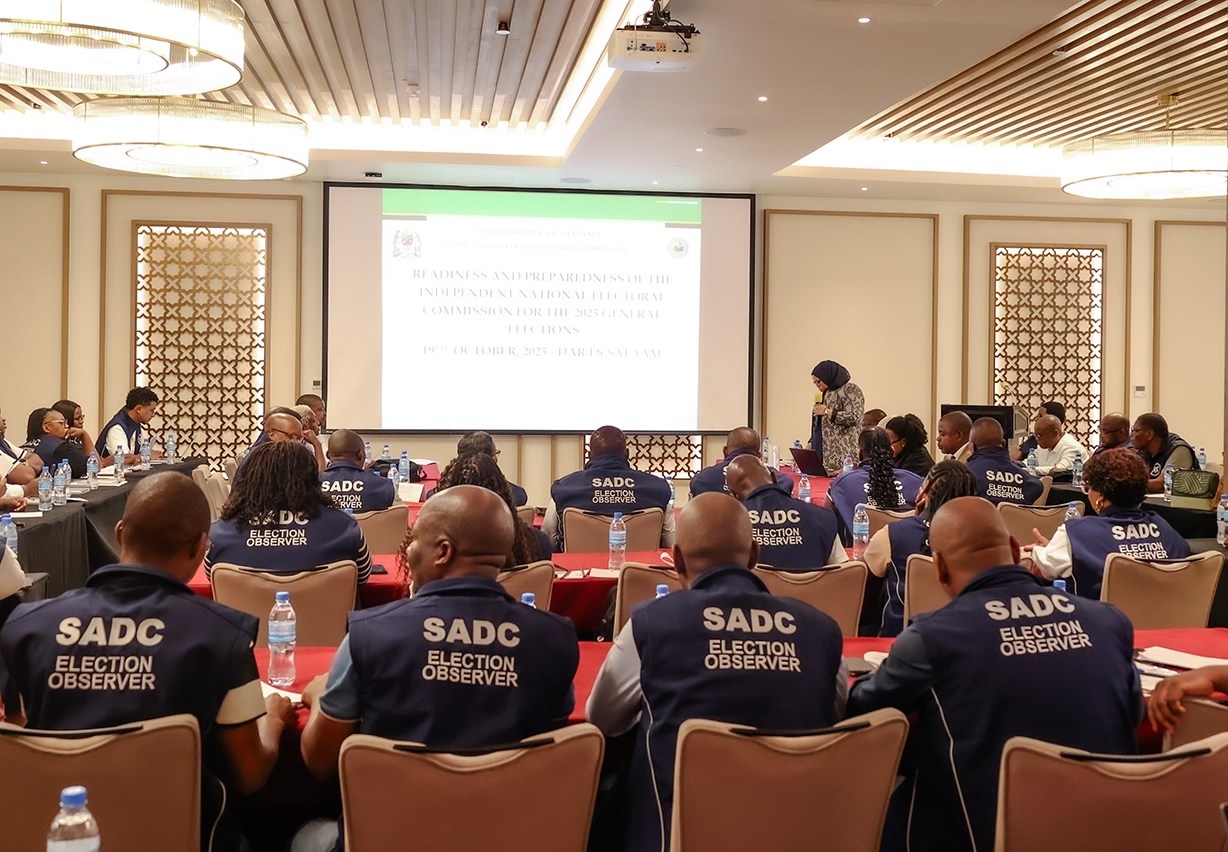A study has shown climate change is worsening drought in sub-Saharan Africa, where HIV prevalence is high.
The study indicated that droughts could potentially increase HIV transmission through increasing poverty and sexual risk behaviours, particularly among women in rural areas.
The cross-sectional study sought to investigate the associations between drought, poverty, high-risk sexual behaviours and HIV incidence in sub-Saharan Africa.
The research was published in the AIDS and Behavior journal with funding from the Wellcome Trust.
The researchers found that women in rural areas who had recently experienced drought had increased odds of having recently acquired HIV.
"Even if these changes were small, the large number of people living with HIV in Africa and the large percentage experiencing drought means that the effect of droughts could still result in many people acquiring HIV in this situation, particularly when you consider that around 65 per cent of Africa's population relies on subsistence farming,” said Dr Adam Trickey, lead author from Bristol Medical School.
The researchers used data on people aged 15 to 59 from Population-Based HIV Impact Assessment surveys from 2016 in Tanzania, Uganda, Zambia, Eswatini and Lesotho.
The study explained the impact of climate change on HIV through intermediary mechanisms.
Drought decreases food yields which undermine health, increasing poverty and food insecurity.
Researchers said poor health exacerbates the structural problems underlying HIV transmission, particularly among women.
“Young women are likely to partner with older men who have more resources and higher HIV prevalence,” the study reported. Women in these circumstances may have less say in the use of contraception, increasing condom-less sex with casual partners.
“Drought has also found to affect HIV acquisition through an increase in gender-based violence and worsening mental health, which can impact sexual behaviour and access to HIV prevention services,” the study showed.
Other links between climate change and HIV include migration due to severe weather events, which could bring new population groups together.
This could increase transmission of the viruses and potentially disrupt provision of antiretroviral therapy due to a lack of access or competing priorities.
For some regimens, ART absorption can also decrease in the absence of food.
Climate change is increasing severe weather events, including heatwaves, flooding and cyclones, as well as droughts.
In turn, these weather events are impacting on health through various mechanisms such as heat-related illnesses, altered patterns of vector-borne and water-borne diseases linked to drought.
The researchers said sub-Saharan Africa bears the world’s highest HIV burden.
It is also one of the regions most affected by climate change, with increasing risks of drought caused by changes in precipitation and limited water storage, as well as limited capacity and resources to support adaptation.
In 2008, the Joint United Nations Programme on HIV/AIDS (UNAIDS) warned that global warming could have a detrimental effect on HIV transmission, yet at the time there had been little research on these effects.
Drought is an ongoing and worsening trend, with the fraction of SSA experiencing severe drought increasing from five per cent to 15 per cent since 1901.
Since that warning, epidemiological analyses have found that rural areas of sub-Saharan Africa with increased droughts or flooding events have elevated HIV prevalence.
Meanwhile, new research has estimated that climate change may result in 11.6-16.0 million additional cases of HIV by 2050 without action to reduce emissions.
Other analyses have shown associations between droughts and reduced HIV testing in the prior year as well as heightened HIV prevalence and unsafe sexual behaviours.
Poverty caused by drought means people are less likely to use their scarce money to buy condoms, for example.
“We aimed to address this research gap by investigating a potential pathway by which drought may affect HIV transmission through examining associations between drought and poverty, poverty and sexual behaviours and sexual behaviours and HIV incidence, as well as associations between drought and HIV incidence,” the study said.
The researchers added that more research is required on the mechanisms by which poverty affects HIV, and, additionally, on the associations connecting drought with HIV via poverty.












